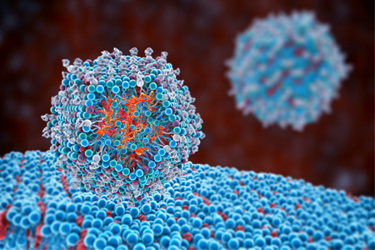Exploring Lipid Nanoparticle Formulation Strategies: How To Make The Best LNPs
By Michael Nguyen, PhD

Lipid nanoparticles (LNPs) have shown promise as vehicles for delivering mRNA-based therapeutics. However, the field is complex due to the various LNP compositions and formulation strategies available. Traditional methods have limitations, so researchers have explored alternative methods to improve LNP quality and mRNA transfection efficiency. The lipid composition of LNPs is crucial, with ionizable lipids playing a key role in forming the LNP core and facilitating mRNA encapsulation. Other components like PEG lipids, zwitterionic helper lipids, and cholesterol contribute to stability and immune system evasion. LNPs with a size range of 50-100 nm are considered optimal for systemic delivery. Buffers and pH also play a role in LNP charge and stability. The process of formulating LNPs involves several steps, including replacing the solvent with a buffer and optimizing parameters for size and mRNA encapsulation efficiency. Overall, careful consideration of various factors is necessary for successful mRNA delivery and translation.
Get unlimited access to:
Enter your credentials below to log in. Not yet a member of Bioprocess Online? Subscribe today.
